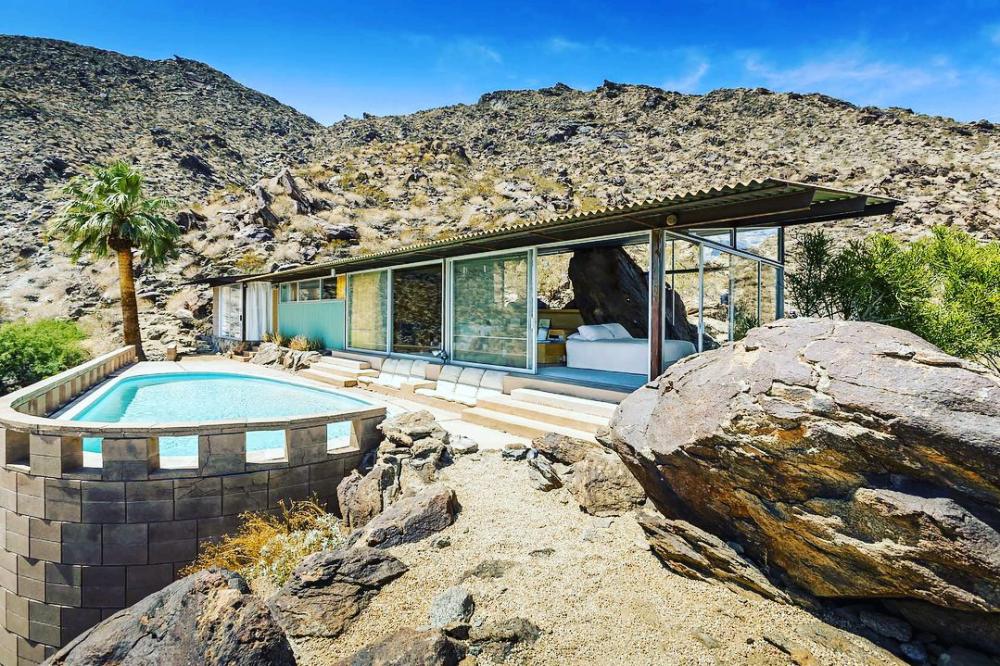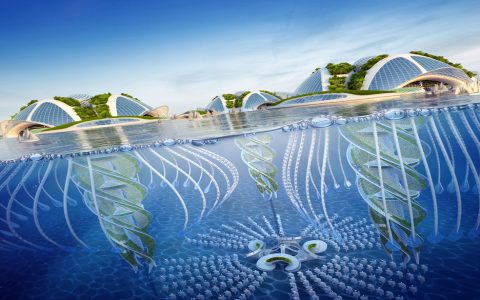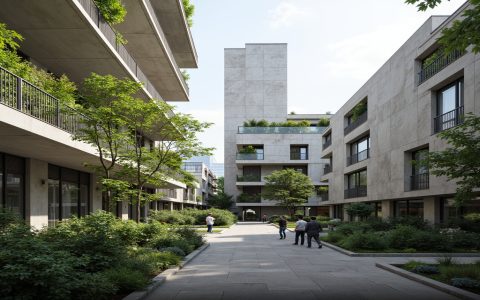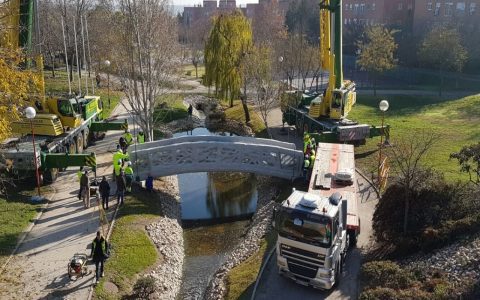Albert Frey (1903–1998) was a Swiss-American architect pivotal in defining mid-century modernism in California, particularly Palm Springs. Trained in Switzerland and influenced by Le Corbusier during his time in Paris, Frey brought European modernism to the American desert.
Key Biographical Milestones
- 1903: Born in Zurich, Switzerland.
- 1924–1927: Studied architecture at ETH Zurich; later worked briefly for Le Corbusier in Paris.
- 1930: Emigrated to New York City, collaborating on the landmark modernist Aluminaire House (1931) with A. Lawrence Kocher.
- 1934: Moved permanently to Southern California, drawn by the climate and landscape.
- 1939: Received his California architect's license.
- 1998: Died in Palm Springs; his legacy solidified as the "father of desert modernism".
Defining California Architecture
Frey championed a simple, functional, industrial aesthetic adapted to the desert:
- Integration with Landscape: Used natural site features (boulders, slopes) and incorporated expansive glass for desert views while minimizing environmental disruption.
- Industrial Materials: Employed exposed steel, corrugated metal, glass block, concrete, and prefabricated elements honestly and economically.
- Climate Responsive Design: Pioneered features like deep overhangs, sliding glass walls, metal screens, and permeable walls for shade, ventilation, and indoor-outdoor flow in the arid climate.
- "Less is More" Refined: Pursued structural and aesthetic elegance through minimalism, often reducing structures to their essential elements.
Iconic California Works
- Frey House I (1940): His first Palm Springs residence; a tiny but seminal prototype demonstrating desert-modern principles using corrugated metal, glass, and a large boulder integrated into the structure.
- Kocher-Samson Building (1934/1938) (with Kocher): His first Palm Springs project; features a striking perforated metal sunshade facade.
- Tramway Gas Station (1965): A roadside icon with a dramatic, cantilevered wedge-shaped steel canopy extending toward the mountains.
- Palm Springs City Hall (1952–1957) (with others): Embodies civic modernism with floating canopy and bold geometric form.
- Frey House II (1964): His personal masterpiece clinging to a rocky mountainside, maximizing minimal impact and panoramic views with steel frame construction and exposed systems.
- Loewy House (1946): Designed for industrial designer Raymond Loewy, featuring innovative modular construction and bold color accents.
- Cree House (1955): Features a distinctive perforated aluminum screen wall.
Albert Frey's legacy is embedded in Palm Springs' architectural identity. His pragmatic yet poetic approach created a distinct regional vocabulary that fused European modernism with the demands and beauty of the California desert, profoundly shaping the aesthetics of desert living.







